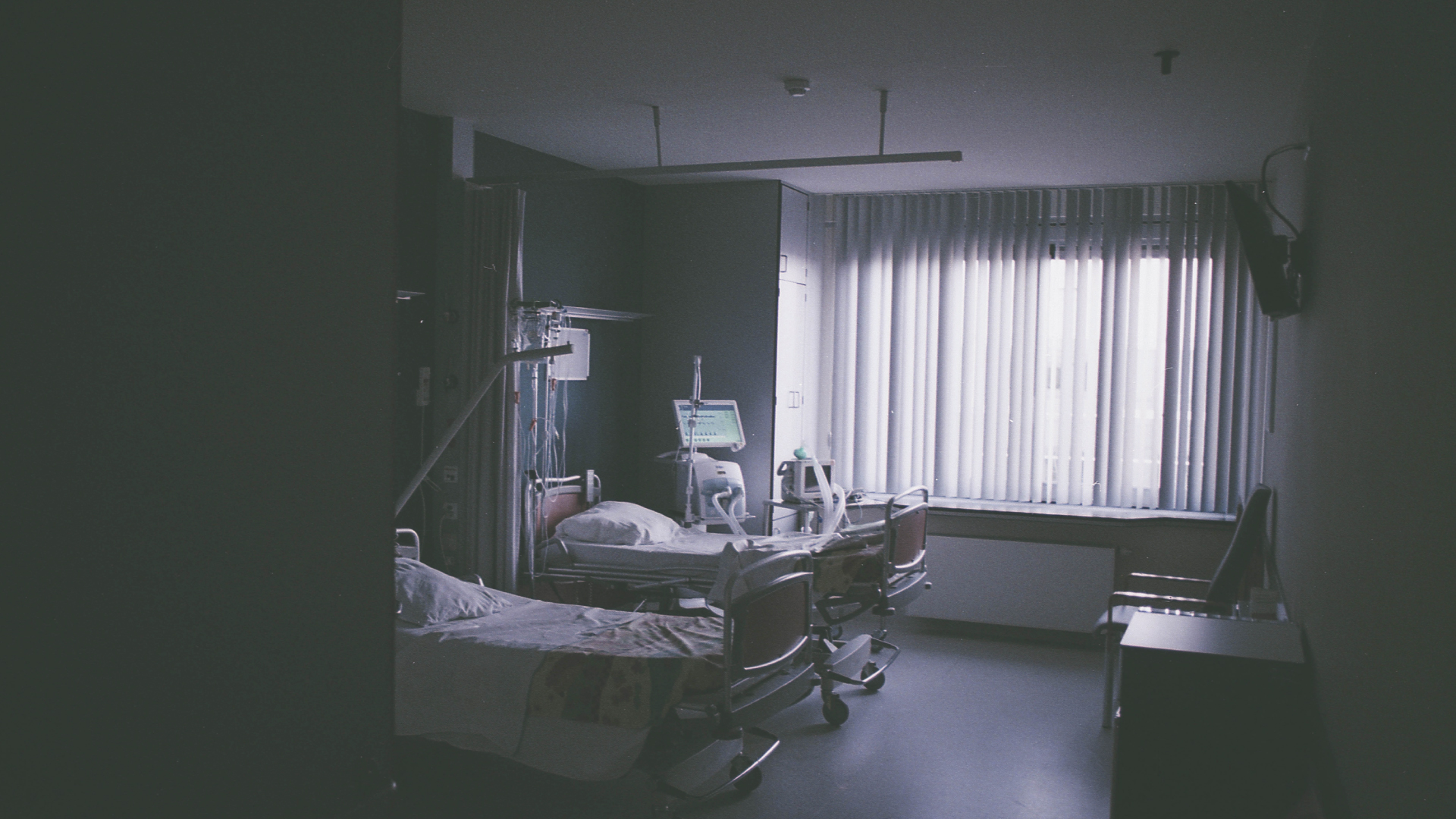Welcome to the comments and discussion of the Young Adult Cancer Book Club! We are reading The Immortal Life of Henrietta Lacks by Rebecca Skloot! Catch up on Chapters 1-3, Chapters 4-6, and Chapters 7-9.
Let’s get started!
Chapter 10. The Other Side of the Tracks. 1999.
This chapter takes us to Clover…”a few rolling hills off Route 360 in Southern Virginia, just past Difficult Creek on the banks of the River of Death.” Wow! What a description. That sentence sums up a lot of this chapter for me. Rebecca meets one of Henrietta’s cousins, Hector Henry, aka ‘Cootie.’ We learn what he knows about Henrietta’s cells and have a front seat into his superstitions behind the HeLa drama and Lacks Town. These superstitions speak magnitudes to the need for better education of patients and families when procedures were done. He is afraid of what he doesn’t understand and distrustful of the insitutions who are meant to heal.
– Mallory C
Chapter 11. “The Devil of Pain Itself.” 1951.
This chapter opens with describing the progression of Henrietta’s cancer. At this point, she had tumors growing all over her diaphragm, bladder, and lungs. She required so many blood transfusions, due to her kidneys not being able to detoxify her blood, that the doctors stopped the transfusions “until her deficit with the blood bank was made up.” Henrietta’s sweet cousin, Emmett Lacks, hears that she needs to have blood donated, so he recruits his brother and friends to go to the hospital and do just that. We get to see Henrietta through the eyes of a loved one, as Emmett reminisces about all the times she was there for him. He spoke of sleeping on Henrietta’s floor and eating her spaghetti when he had just moved to Baltimore from the country. Emmett also mentioned the time he and Henrietta went to visit Elise, for what he thought Henrietta knew, was for the last time. However, what she didn’t know, it would be the last that anyone would ever visit Elise again. You are then jolted to a scene inside Henrietta’s hospital room, where Emmett is witnessing the suffering the cancer is causing her. Though this is an awful situation they are both dealing with, it is comforting to know that Henrietta had love and support from family and friends in that dark time. Being a cancer patient only allows us to experience the pain, never seeing ourselves go through it, like our loved ones do. We get this perspective as Emmett recalls when Henrietta goes into a fit of convulsions and thrashing, he says, “Henrietta rose up out that bed wailin, as if she been possessed with the devil of pain itself.” He told Rebecca, a memory he will take to his grave.
On the afternoon of September 24, 1951, a doctor gave Henrietta an injection of a heavy dose of morphine and wrote in her chart “discontinue all medications and treatments, except analgesics.” Two days later, she woke up confused and disorientated, for a moment forgetting her own name. Soon thereafter she turned to Gladys, her sister, and said she was going to die. Henrietta told Gladys to tell her husband, Day, to make sure he takes care of all the kids. Especially, Henrietta’s one year old daughter, Deborah. Henrietta had hoped she would be able to “dress her in beautiful clothes and braid her hair, to teach her how to paint her nails, curl her hair and handle men.” I chuckled when I read the last comment about handling men because it solidified Henrietta’s fierce character and spirit. After Gladys makes her way home, she calls Day and fulfills Henrietta’s request. Henrietta died on October 4, 1951 never knowing that her cells would pioneer the way for many advancements and discoveries within the medical field.
– Krystina N
Chapter 12. The Storm. 1951.
I’m not going to lie, several things SHOCKED me in this chapter. Right off the bat, the fact that laws protected dead patients more strictly than living patients was crazy and astounding to me. Rebecca writes, “the law made it very clear that performing an autopsy or removing tissue from the dead without permission was illegal.” I was also taken aback by Mary, Gey’s assistant, and her reaction to Henrietta during the autopsy. Mary says that she noticed Henrietta’s painted toenails and said, “it hit me for the first time that those cells we’d been working with all this time and sending all over the world, they came from a live woman. I’d never thought of it that way.” What?! How could you have been using this woman’s cells, making scientific discoveries right and left, sending the cells all over the world, and the first time you actually see her dead body, *that* is the moment you think of her as a real person?! Seems like a definite and unnecessary disconnect given that Henrietta was alive when her cells were first taken.
– Mallory C
—
Thanks for joining us for Chapters 10-12 of The Immortal Life of Henrietta Lacks by Rebecca Skloot! Join in next Monday for Chapters 13-15.
If you’re just joining us, here are some logistics:
We will talk about several chapters each Monday until the book is done (probably about three chapters since the book has so many). Then, we’ll use one more Monday to talk about general feelings from the book and anything else you’d like to discuss. Join in, in the comments every week! At the end, we’ll have a book club discussion via video chat! Also, there will probably be spoilers. Read along with us!
How are you enjoying our young adult cancer book club?






